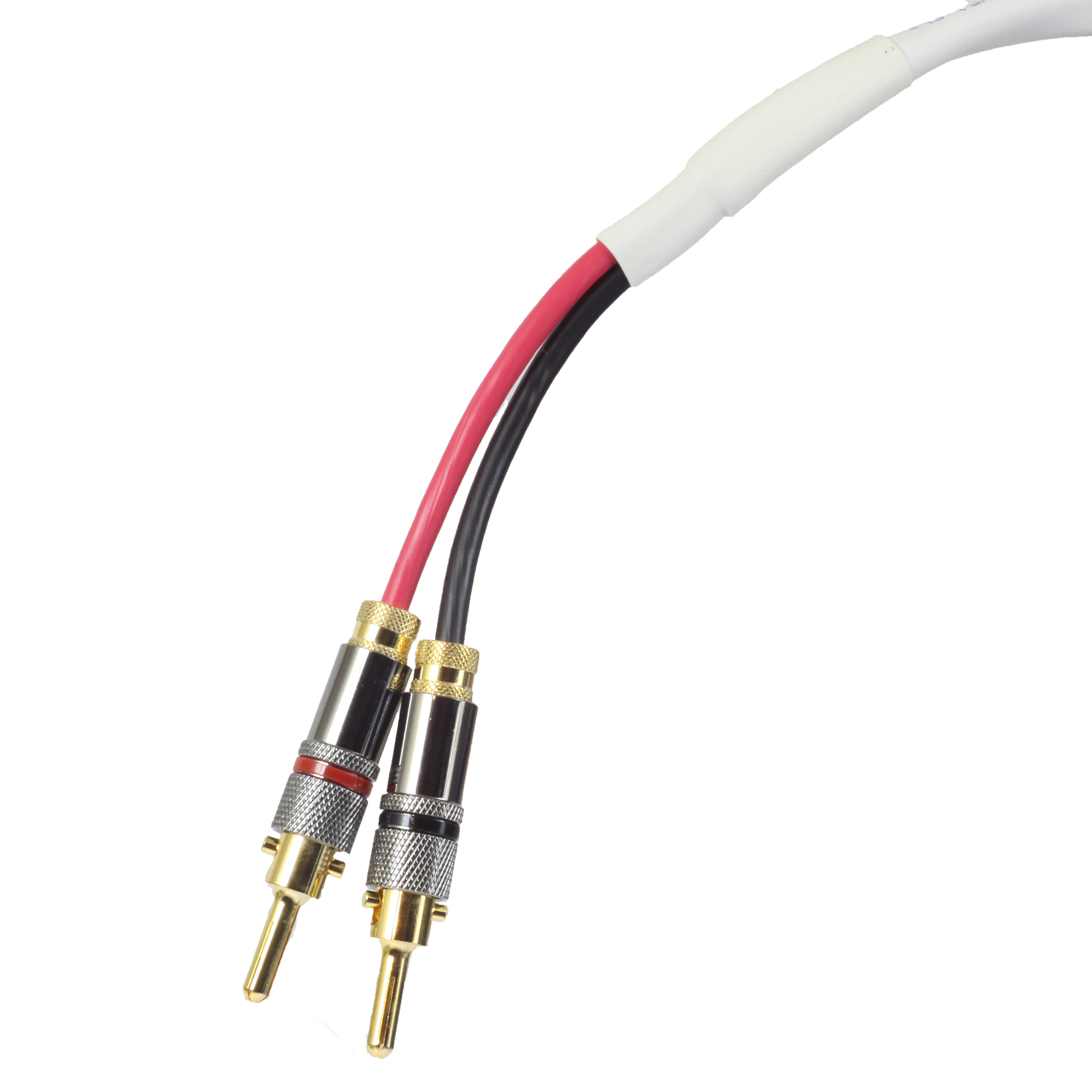3D & Ghosting/Crosstalk – Active Shutter Glasses style 3D
- This topic has 0 replies, 1 voice, and was last updated 11 years, 1 month ago by .
-
Topic
-
This may help you answer some customer questions (or your own questions)…
Having taken some very careful measures to determine what’s going on with 3D ghosting/crosstalk, I think I can finally say with confidence, that (very surprisingly), 3D ghosting seems to have ZERO to do with the 3D glasses. I’ve been using some prototype test patterns that show leakage in the 3D glasses in red, green, and blue. As you might expect, some 3D glasses have very low leakage… below 3% or even below 2% for all 3 colors while other glasses have leakage that measures as high as 15% in 1 or 2 of the 3 colors. Some of the 3D glasses I’ve measured are universal types and I have 2 different brands that measure differently (one very low, one kind of in the middle of the range for 2 colors and low for the other color). As it turns out, if there’s ghosting in the display with the factory 3D glasses, it is still there with the 2 different universal glasses.
I’ve never seen ghosting from ANY DLP display (projector or RPTV) regardless of price and I’ve worked with DLP projectors as inexpensive as $600 and as expensive as $55,000. It doesn’t matter what 3D glasses you use, there’s never any ghosting with DLP. Even if I use universal glasses that showed ghosting with other types of projectors or panels, those same glasses operate ghost-free with DLP displays.
Every display I’ve worked on (in my own system where I have far more time than at a customer’s home or office) that uses LCD technology, including LCoS (i.e. Sony & JVC), has SOME ghosting. It could be very small or more significant but I have not yet seen any LCD/LCoS display that was entirely ghost-free. I began an informal rating system based on the percentage of time a movie is ghost-free to “rate” various displays for the amount of ghosting. The best LCD/LCoS performance so far came from Sony’s $25,000 4K projector (1000ES) which was 99%-99.5% ghost-free. (meaning 1% to .5% of the running time of a movie you’d see ghosting. If the movie runs for 120 minutes, 99% ghost free means 1.2 minutes of ghosting, total, through the entire movie). The Sony’s ghosting never lasted more than 2-3 seconds at a time and sometimes lasted only for 1 second. When you add all of the instances of ghosting in the course of a movie up and you get 60 seconds total, you can see that there might be 30 instances of ghosting, all fairly brief — or you could have a single incident lasting for 1 minute.
I tend to use the movie Hugo for evaluating this since it isn’t a horrible torture test. Some of the IMAX titles are the worst torture tests. Dinosaurs Alive! is one of the more torturous titles… particularly the inset black & white movies and stills that overlay the color background… DLPs reproduce those perfectly while every LCD/LCoS display has trouble there (ghosting). JVC’s 2012 projector models were nearly as ghost-free as the Sony, but not quite as perfect–ghosting happened in the same places as the Sony, but lasted 1-2 seconds longer each time. Sony’s 4K projector is the first LCoS (and presumably LCD in general) display to have the pixels addressed digitally… normal practice in the world of LCD and LCoS is, at the last instant before an image is displayed, the pixel data is converted to an analog signal. Sony’s 4K imagers in the 1000ES projector accept the digital signal directly. That may have something to do with the near-ghost-free performance of that particular projector. Frankly, I was beginning to think some ghosting was encoded on the Blu-ray discs until I got some DLP products to work with and they flew right through every bad spot on every 3D disc I have including the IMAX titles. I have now viewed Hugo all the way through so many times, I’m not sure I can take it again and I may have to switch movies for evaluation purposes!
Plasma panels are mostly pretty good, but some do show ghosting at times. I haven’t played with as many plasma displays as DLP or LCD/LCoS though so I’m a bit less difinitive re. plasma tech and ghosting. I fiund that plasmas don’t ghost in some of the places LCD/LCoS displays do, and when plasmas do show ghosting, it seems to be in the same places that give LCD/LCoS problems. New plasmas operating with higher sub-pixel frequencies (600Hz) seem to have less ghosting in general than older plasmas (say more than 4-5 years old) with previous slower subpixel rates (480 Hz or thereabouts) – not sure if the subpixel rate has anything to do with it or if something else about the newer tech is more important re. the reduction in ghosting.
One odd thing about ghosting… I would have thought that the most distant objects or the nearest objects (extending out of the image towards the viewer) would produce all the ghosting issues. But that turns out to not be the case… it can be in some instances, but more than half the ghosting I encounter is in what I’d call the middle-ground… behind the plane of the screen, but not all the way back. In Captain America, early in the movie, 2 officers are talking in front of a truck loaded with crates and those crates show ghosting (on LCD displays), but everything in front of them is fine and everything farther in the distance is fine. Which seems odd and I have no explanation for why the “middle ground” seems to be more trouble than very close or very far objects.
- You must be logged in to reply to this topic.


























